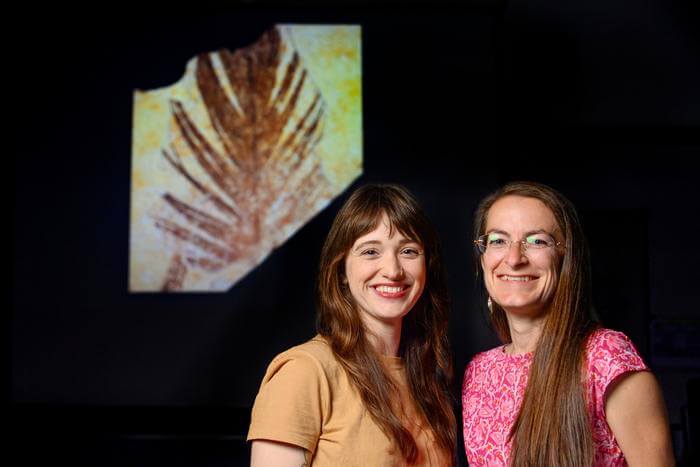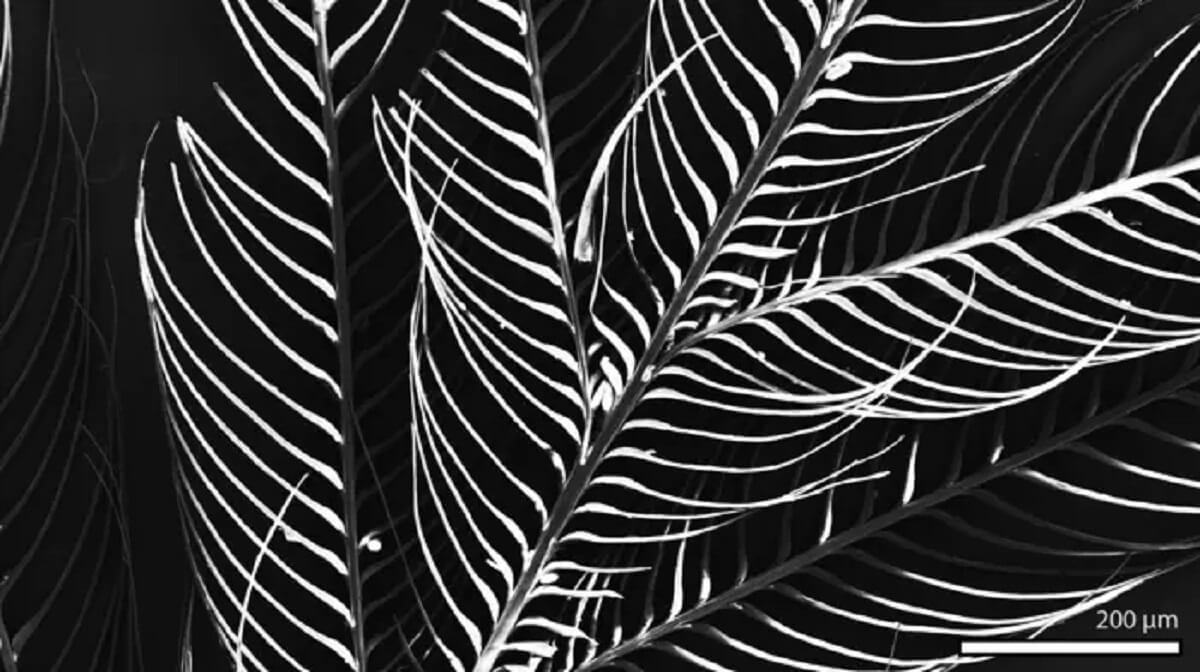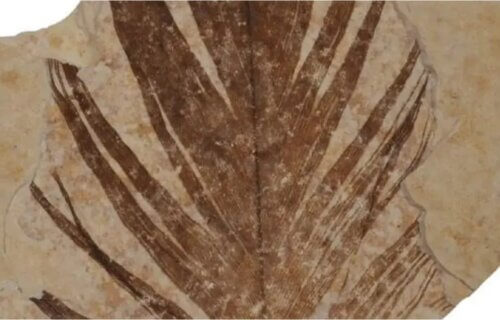CORK, Ireland — Scientists have discovered that modern bird feathers inherited proteins from their dinosaur ancestors approximately 125 million years ago. This revelation indicates that certain species of feathered dinosaurs might have utilized their feathers to glide.
While prior research implied that dinosaur feathers contained proteins that rendered them more pliable than those of contemporary birds, it’s now believed that most dinosaur feathers contained alpha-keratin proteins, which added flexibility. In contrast, modern bird feathers are abundant in beta-keratin proteins, giving them the strength required for flight.
However, researchers from University College Cork (UCC) theorize that previous beliefs might have been skewed by degradation during the fossilization process. This would imply that these proteins have remained consistent for 125 million years, and the rigidity of dinosaur feathers would have enabled them to glide.
This study also involved scientists from the Stanford Synchrotron Radiation Light Source (SSRL) at the Department of Energy’s SLAC National Accelerator Laboratory.

“It’s really exciting to discover new similarities between dinosaurs and birds. Using X-rays and infrared light we found that feathers from the dinosaur Sinornithosaurus contained lots of beta-proteins, just like feathers of birds today,” says UCC paleontologist Dr. Tiffany Slater in a media release. “Previous tests on dinosaur feathers, though, found mostly alpha-proteins. Our experiments can now explain this weird chemistry as the result of protein degradation during the fossilization process.”
The team examined the 125-million-year-old wings of the dinosaur Sinornithosaurus, which might have glided rather than flown, and the early bird species Confuciusornis. They also analyzed 50-million-year-old feathers from the United States. Using SSRL’s powerful X-rays, these fossils were evaluated for the presence of beta-keratin proteins to determine if they were preserved in their original state or had transformed over eons.
Complementary tests mimicked the thermal conditions the fossils would have endured over the last 125 million years. Results reveal that the fossilization process can generate alpha-proteins, which may not have been intrinsic to the feather when the creature was alive. Even though some fossil feathers contain alpha-proteins, researchers believe they emerged due to the intense heat the fossils were exposed to millions of years ago.

“Traces of ancient biomolecules can clearly survive for millions of years, but you can’t read the fossil record literally because even seemingly well-preserved fossil tissues have been cooked and squashed during fossilization,” adds Professor Maria McNamara, the study’s lead author. “We’re developing new tools to understand what happens during fossilization and unlock the chemical secrets of fossils. This will give us exciting new insights into the evolution of important tissues and their biomolecules.”
The study is published in the journal Natural Ecology & Evolution.
South West News Service writer Pol Allingham contributed to this report.

